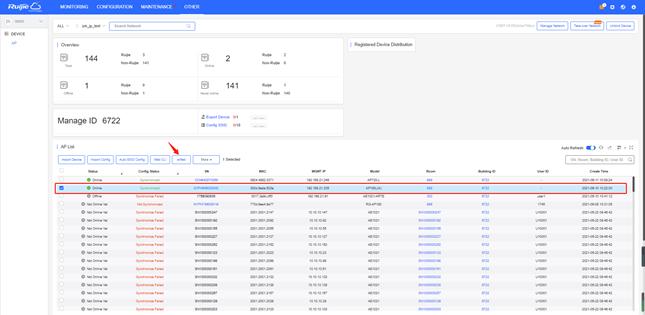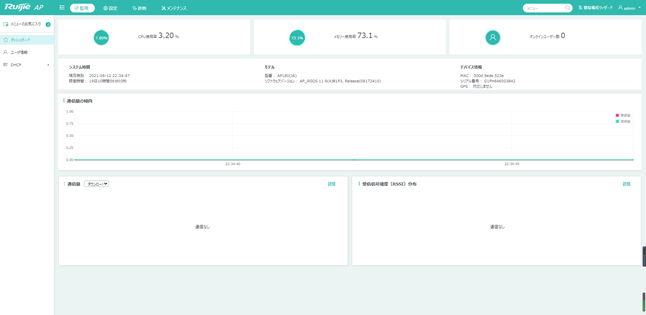

No. | Bug Description |
1 | In Device Details, colors indicating uplink and downlink data sizes did not reflect true states. |
2 | On the Basic page, when switchovers were made among networks, “All” could be shown ahead of network names irregularly. |
3 | CPU usage rates were shown as integers and there was always 0 in the first place after a decimal point, such as 10.0% and 26.0%. As a result, it could be misleading when 0.0% was displayed on the Cloud but it was 0.x% on the end devices. |
4 | On the Basic page, content did not change after a switchover was made from a hotel-scenario network to an apartment-scenario network. |
No. | Module | Description |
1 | Device | Up to 200 devices can be imported each time. To import more than 200 devices, users need to do it in batches. |
2 | Configuration | Configurations of up to 200 devices can be imported each time. To import configurations of over 200 devices, users need to do it in batches. |
3 | EXCEL template | For Excel template, only the XLS format is supported. |
4 | SSID | SSIDs can be made up of numbers, English letters, and “-“. |
5 | Custom excel template | In an Excel customized template, A to Z columns and 1 to 15 rows are supported. |
6 | AP | Account-based policies may fail on some models, such as AP680(CD), where they are disabled by default. In this case, users need to batch apply from the Cloud the web-auth acct-update-interval 1 command to enable those policies. |
7 | SSID reverse sync | The Cloud does not support SSIDs containing special characters. If set on end devices, such SSIDs would fail to be delivered, after synchronization, by the Could. |
全部评论